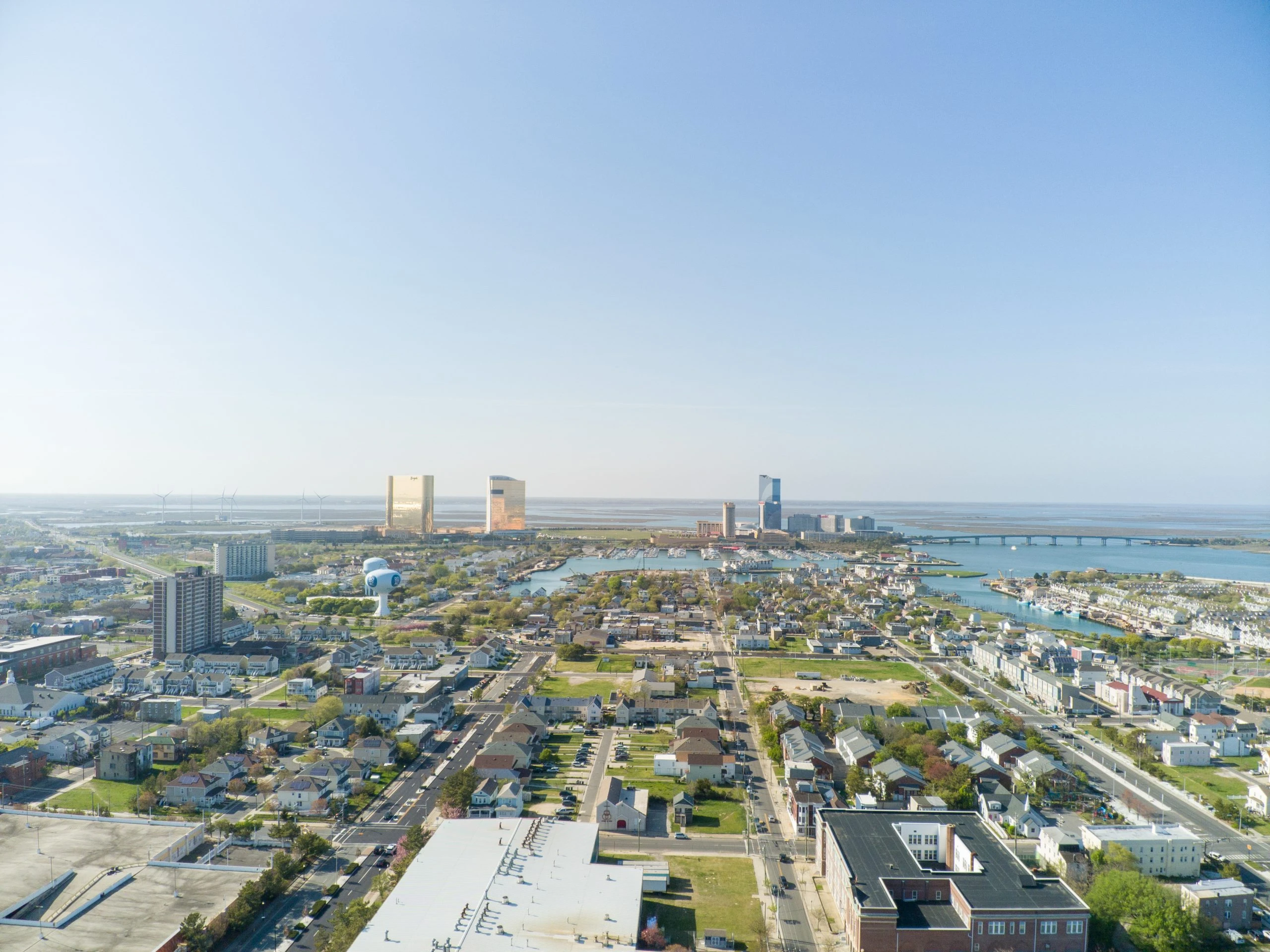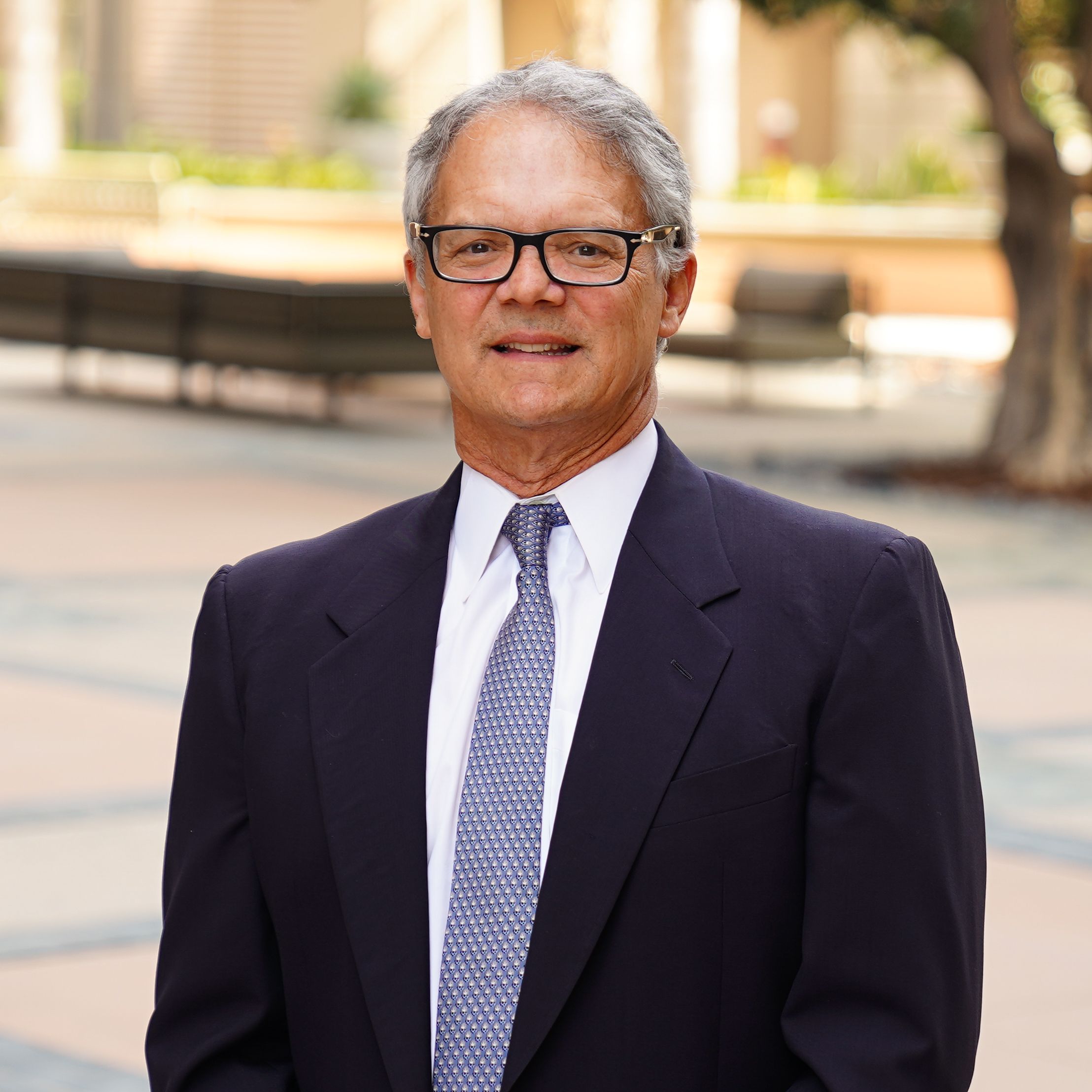The rebirth of Bader Field

With Renaissance at Bader Field, Feitshans says that DEEM is “trying to make a change in Atlantic City”.
He means it both in the literal sense – Renaissance at Bader Field is a retail and real estate development – but also in the more conceptual sense.
The development will include condominiums, a race track that meets F1 standards and various other amenities.
History in the re-making
Bader Field is a storied swatch of land, once home to the Atlantic City Municipal Airport.
“There’s a lot of wonderful history at Bader Field,” Feitshans says. “We’ve heard stories about the Wright brothers landing there, or Charles Lindbergh touching down during his world tour.”
Atlantic City’s ups and downs led the area to fall quiet. Bader Field eventually closed to make way for a new airport in the early 2000s. An attempt to repurpose the land for a casino property in 2008 was rejected by the city and Bader Field has lain dormant ever since.
“This is one of the largest pieces of undeveloped real estate in the mid-Atlantic, perhaps in the Northeastern quadrant of the United States, which is very densely populated.” Feitshans continues. “What a wonderful opportunity to develop something unique.”
A new legacy for Atlantic City
Feitshans and DEEM hope that uniqueness will be the spark that ignites a new wave of growth for Atlantic City. Bader Field is a wide-ranging, comprehensive development that covers a lot of figurative and literal ground.
“It includes housing, a motor course for auto enthusiasts, retail commercial properties, a hotel, condo towers and a museum,” Feitshans says.

DEEM intends to pursue a LEED Platinum certification for the development as well. Feitshans says a “green” outlook is crucial to the project.
Feitshans hopes Renaissance could be a “catalyst for change in Atlantic City”.
“We don’t necessarily mean to say that this project will, in and of itself, make the final difference,” he says. “But it could be the instigator, spurring a whole new way of thinking about Atlantic City.
“It’s dominated by the casino industry, which is great, but the city could use some business diversification.”
Capitalising on the opportunity
Atlantic City has historically been surrounded by affluent areas. But Feitshans says the city hasn’t always capitalised on that. The New Jersey hub is often seen as a destination, a tourism-driven city, but not a place for locals to enjoy.
“We’re hoping to right that ship,” Feitshans says.
“We also hope to ultimately reduce property taxes for Atlantic City residents, which are currently some of the highest in New Jersey. Embracing the city and its people is one important piece of the project.”
The city, as Feithsans tells it, has been fantastic to work with.
“Mayor [Marty] Small has been an absolute supporter. It took some work to get everyone on the same page, understanding what we wanted to do, especially with the motor course.
“But since we started that process four years ago, the city has embraced and understood it. They see the benefits and the potential ways we can uplift the area.”
Revving up
Look at the headlines about Renaissance at Bader Field and you’re bound to be bombarded with pithy takes on the motor course.
That’s fair enough, considering Feitshans and DEEM are excited about the opportunity. But they’re also careful to clarify what, exactly, the track’s purpose is.
“We had always indicated that our motor course project would be built to F1 standards,” Feitshans says. “I think people misunderstood that to think we were building an F1 track that would operate 24/7 immediately adjacent to a neighborhood. That’s not the case.”
It took some heavy lifting on the educational side, but DEEM eventually painted a clear picture of its planned motor course.
The track will function primarily as a draw to those who participate in the unique and thriving motorsport subculture.
“Car culture brings people together,” he says. “Collectors and drivers look at automobiles as their own art pieces. Much like an art collector might hang a Picasso in their home, we’re offering car enthusiasts the opportunity to live in our development but also have their car on location.”
Feitshans hopes that will draw global interest from the car community, especially considering Renaissance will have a fully drivable track.
For anyone interested in learning more about motorsports, he mentions the Netflix series Drive to Survive.
Betting on the future
Renaissance at Bader Field won’t be a gambling-first property. However, it will undoubtedly have some ties to the gambling world. It is Atlantic City, after all.
Reshaping the city’s identity won’t happen overnight and there will always be those who flock to the East Coast to spin the reels and roll the dice. Feitshans and DEEM are ready for that.
“We plan to acquire a skin and offer online gambling in some form,” he says. “We’re still working through the details, but we see a lot of opportunities in the online gambling and betting world. We obviously have the track, but there’s a lot we can do in terms of simulated racing or other digital platforms.”
He’s mum on the details which makes sense. It is very early days to be discussing a skin when the project still needs to be built. That portion of it, though, is top of mind.
Breaking ground
The first step toward building Renaissance at Bader Field is a heavy lift intended to mitigate some issues with the land.
“There’s a plume 100 feet below the surface we have to remediate,” Feitshans explains. This is a result of the land’s former use as an airport.
“The other situation is it’s entirely flat and only about four feet from the tide level. The area is prone to storms, so we have to raise it. The approval process requires we raise it, on average, about seven or eight feet. Some areas require 40 feet. The point is, we have to bring three million cubic yards of material and sculpt it into a new surface.”
Only once that step is completed can the proper building process begin.
“We’re calling it our horizontal construction period,” Feitshans notes.
Once the horizontal portion is done, it’s only up from here for Renaissance at Bader Field.
